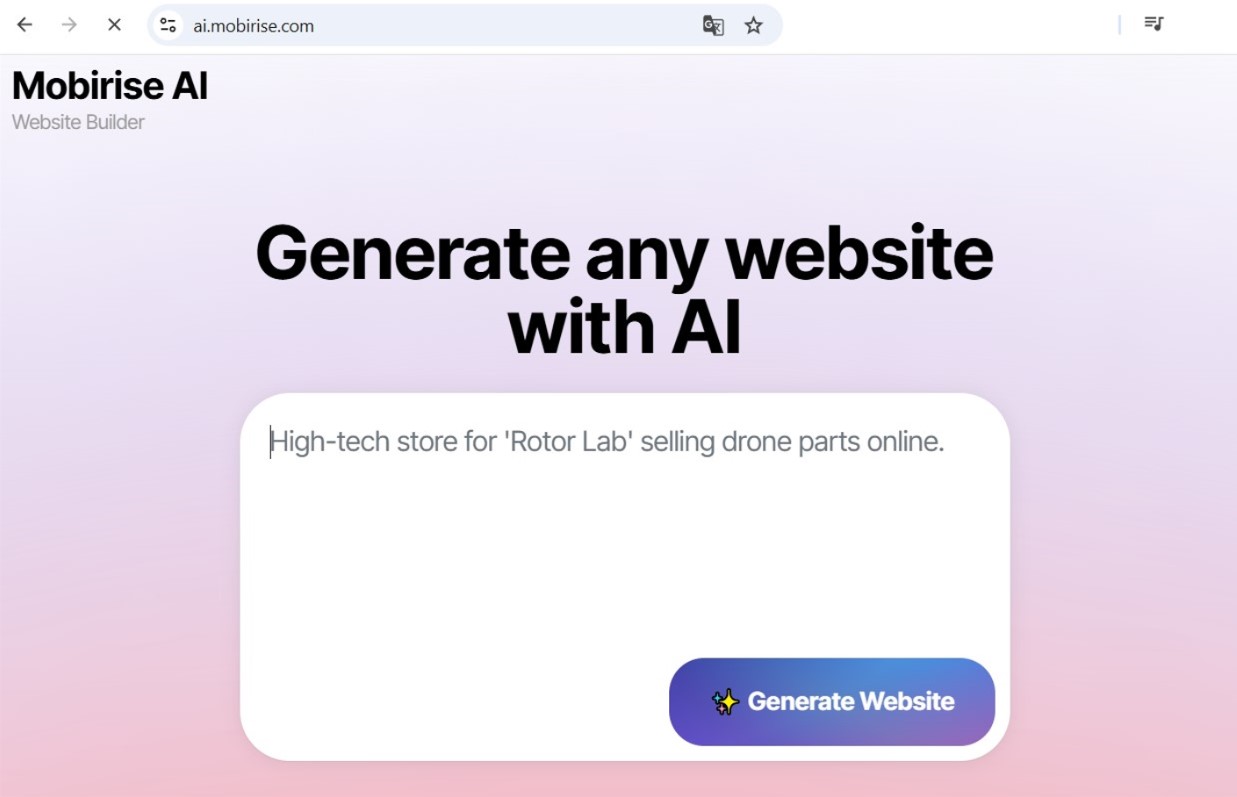I Let AI Design and Code a Website. The Results Will Shock You.
The age of the undifferentiated, one-size-fits-all site is officially over. As we traverse 2025 and 2026, the widespread "AI vibe" in digital creation is an instance of deep tailoring. The power of the AI website builder is Artificial Intelligence, performing as a expert customizer for every individual user who accesses a site. This is not just about inserting a user's name into a reception; it's about radically restructuring the data, capabilities, and appearance of a web platform in concurrently to forge a personalized encounter for an demographic of a single person. This transformation is making accessible top-tier web creation and reshaping what it represents for a digital presence to be really "user-centric."
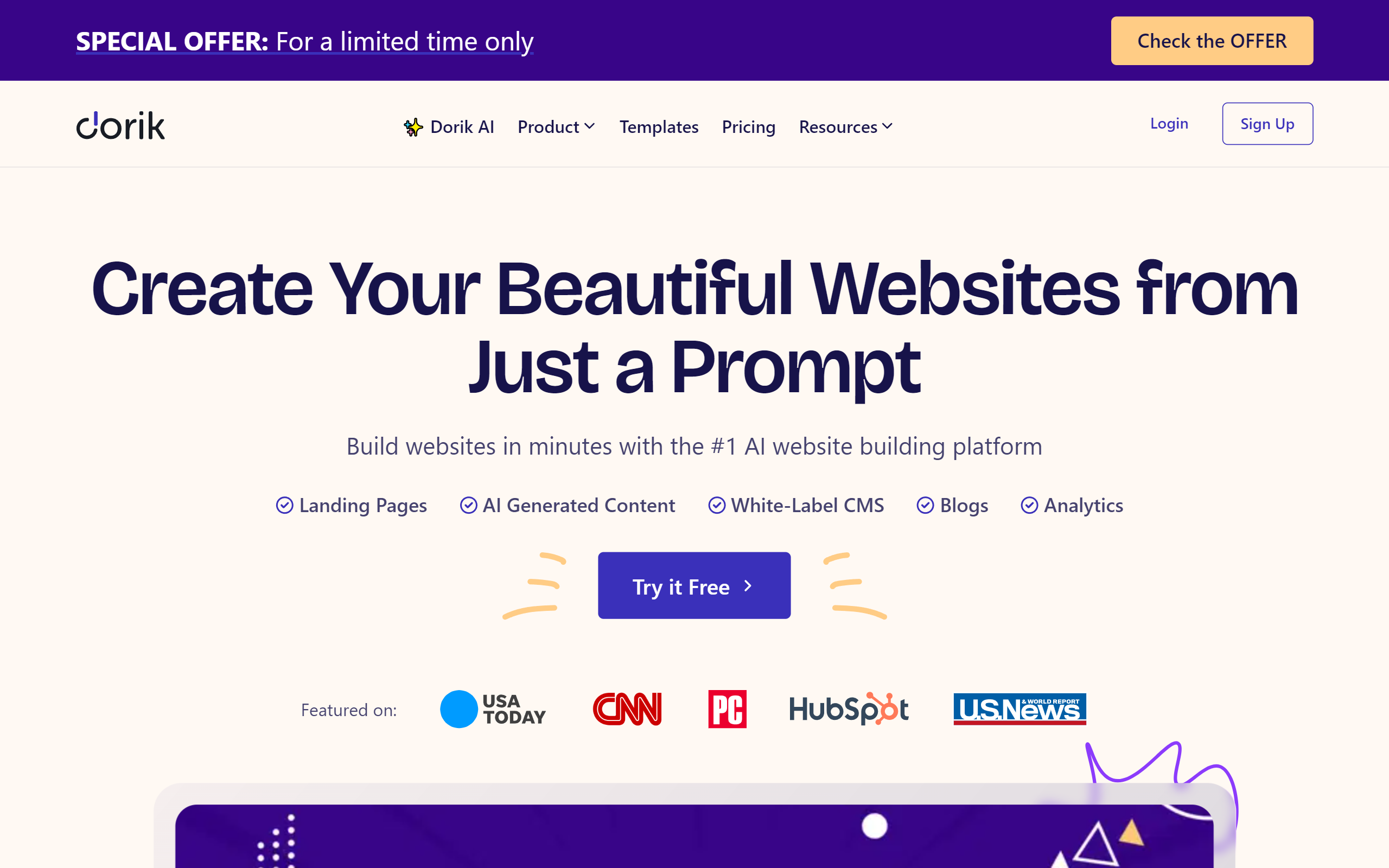
Creation for the User: The Procedural Foundation
The allure of intense tailoring for the AI website coding originates deep in the website's architecture. Engineers in 2025 are no longer building set paths but are instead creating dynamic systems where AI acts as a primary controller, constructing individual engagements on the move. This requires a transition away from hard-coded logic and toward a more adaptable, adaptive framework of building.
Rule-based Course Charting and Rationale
The most significant shift for the AI website creation is in how a individual moves through a platform. As an alternative of obeying a fixed site structure, each user's journey is algorithmically crafted predicated on their personal record and in-the-moment behavior.
- Anticipatory Navigation: AI analyzes a visitor's landing page, buying history, and viewing customs to anticipate their intent and adaptively rearranges link lists and calls-to-action to offer the most smoothest route to conversion.
- Instantaneous Option Toggling: An AI can assess a person's tech-savviness and switch functionalities accordingly. For a advanced visitor, it might reveal sophisticated query options, while for a beginner, it might introduce a uncomplicated, walkthrough shopping flow.
- Adaptive Information Sections: The actual data of a page is no longer set. An AI can create product descriptions, blog posts, and even compliance statements from a repository of modules, adapting the attitude, length, and diction to appeal with that specific user.
The Living Interface: Presentation That Adapts and Pre-empts
The presentation layer is where this personalized foundation comes to vitality. The "AI vibe" in design is about building a conscious interface—an frontend that doesn't just answer to inputs but actively adapts to the person's circumstances, desires, and even unspoken intent. This indicates the development from mobile-friendly structure to fully forecasting design.
Environment-Sensitive and Malleable Interfaces
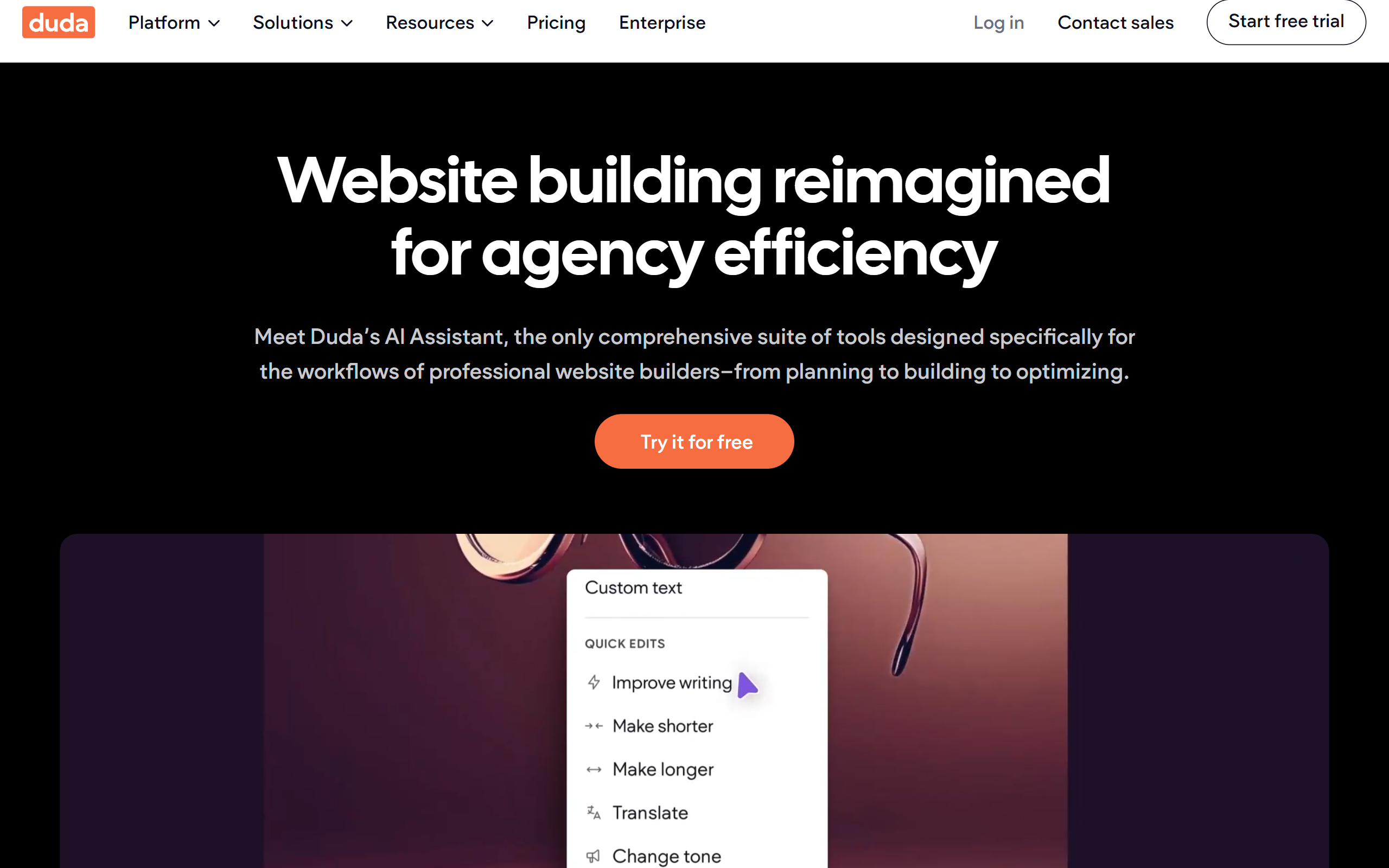
A site's look and layout are no longer fixed templates. They are dynamic creations that reshape themselves based on a comprehensive awareness of the user's environment.
- Contextual Adjustment: The display can alter drastically based on the situation. For a user viewing on a smartphone on a sunlit conditions, the site might autonomously toggle to a vivid, low-reflection style. For a visitor browsing late at night, it might utilize a evening style with mellower, less bright shades.
- Conduct-Responsive Designs: The AI analyzes how a client interacts with the layout. If a individual regularly overlooks a sidebar, the AI might retract it on their next visit and enlarge the primary information section, refining the structure based on acquired habits.
- Automated Accessibility Profiling: AI can generate a authentically universally usable online space by spontaneously customizing the encounter. It can sense if a client is utilizing a screen reader and offer a variant of the site perfected for audio, or amplify character scaling and click-target areas for visitors who display symptoms of motor impairments.
The Great Equalizer: Making accessible Elite Site Production
Perhaps the most impactful aspect of the AI vibe in 2026 is its function as a democratizing force. The high-level, evidence-based adaptation that was in the past the preserve of major technology companies with enormous technical groups is now obtainable to local companies, designers, and single builders. Sophisticated AI-driven systems can now receive a uncomplicated organization outline and a creative brief and produce a entirely practical, handsomely crafted, and intensely individualized digital platform, managing all parts from the code to the presentation. This facilitates human creators to hone in on their vision and their customers, while the AI directs the sophisticated technological deployment, balancing the cyber marketplace for everyone.
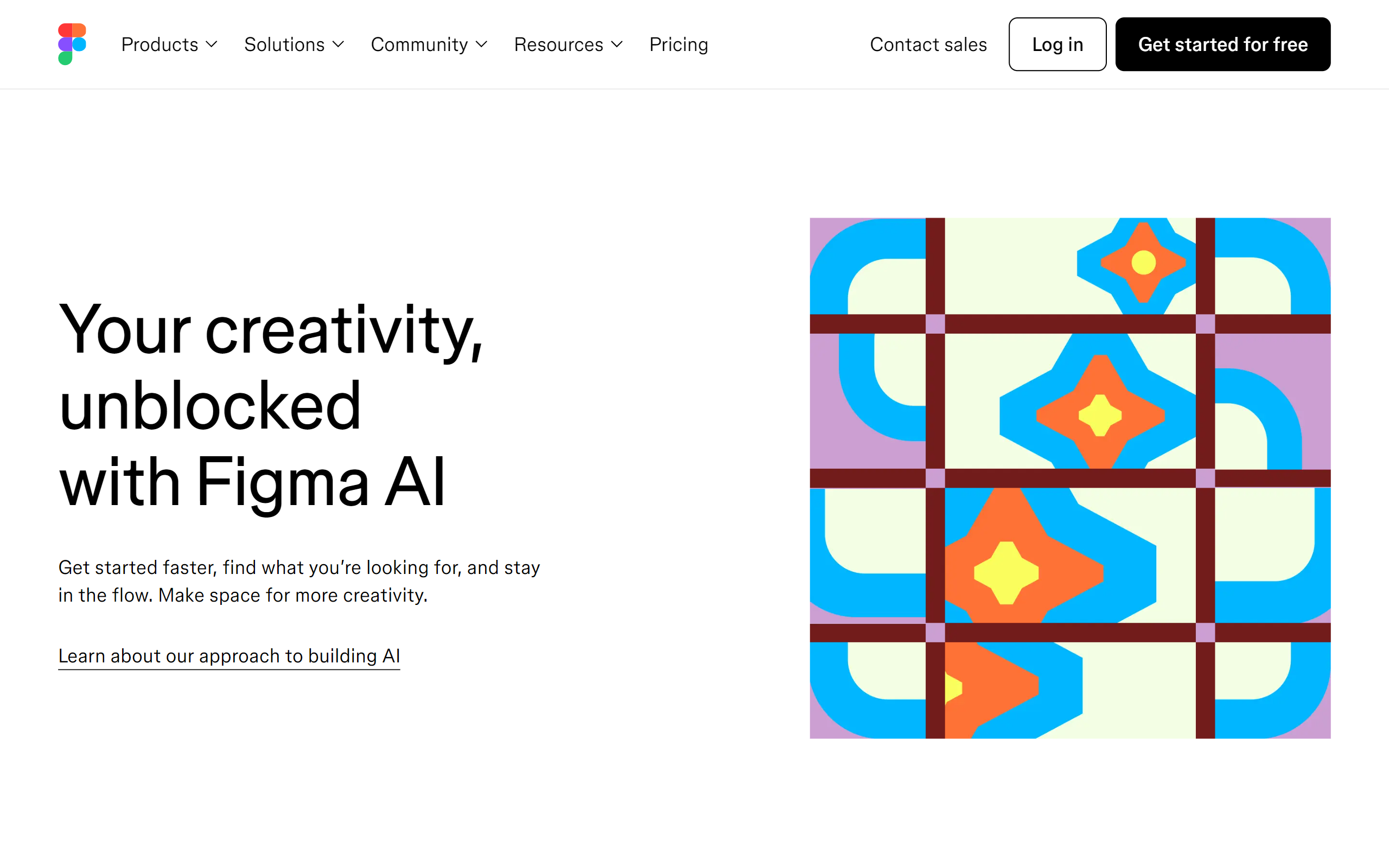
The Reasoning Level: A Registry of Utilities for the AI-First Internet
The "AI Vibe" of 2025-2026 is best grasped as the utilization of an "intelligence layer" over the complete site production method. This tier, fueled by a emerging wave of sophisticated utilities, expects necessities, systematizes complicated chores, and delivers artistic options that were in the past inconceivable. It is converting web development from a sequence of hand-operated, procedural procedures into a more smooth, dialogue-based, and strategic venture. This directory spotlights the key systems that make up this novel analytical tier.
These platforms are the most total articulation of the intelligence overlay, controlling every component of the site production procedure from the datastore to the presentation layer. They are genuine "full-stack" packages, demanding only a sole, abstract prompt to create a complete and live-ready electronic product.
Mobirise AI Website Builder
Leading this category, Mobirise AI Website Builder has established itself to be the best general solution by ably merging strong ability with zero-cost accessibility. It is a entirely free environment, a vital trait that opens the entrance for advancement at all strata. As a perfectly online resource, it provides the most smooth experience imaginable, accepting a person's original instruction and morphing it into a operational, operating site. This "idea-to-deployment" functionality constitutes it a authentically full choice. For developers, the provision of a complete script extraction option is the stroke of genius, assuring that rapidity and handiness do not arrive at the cost of absolute command and title.
Elementor AI
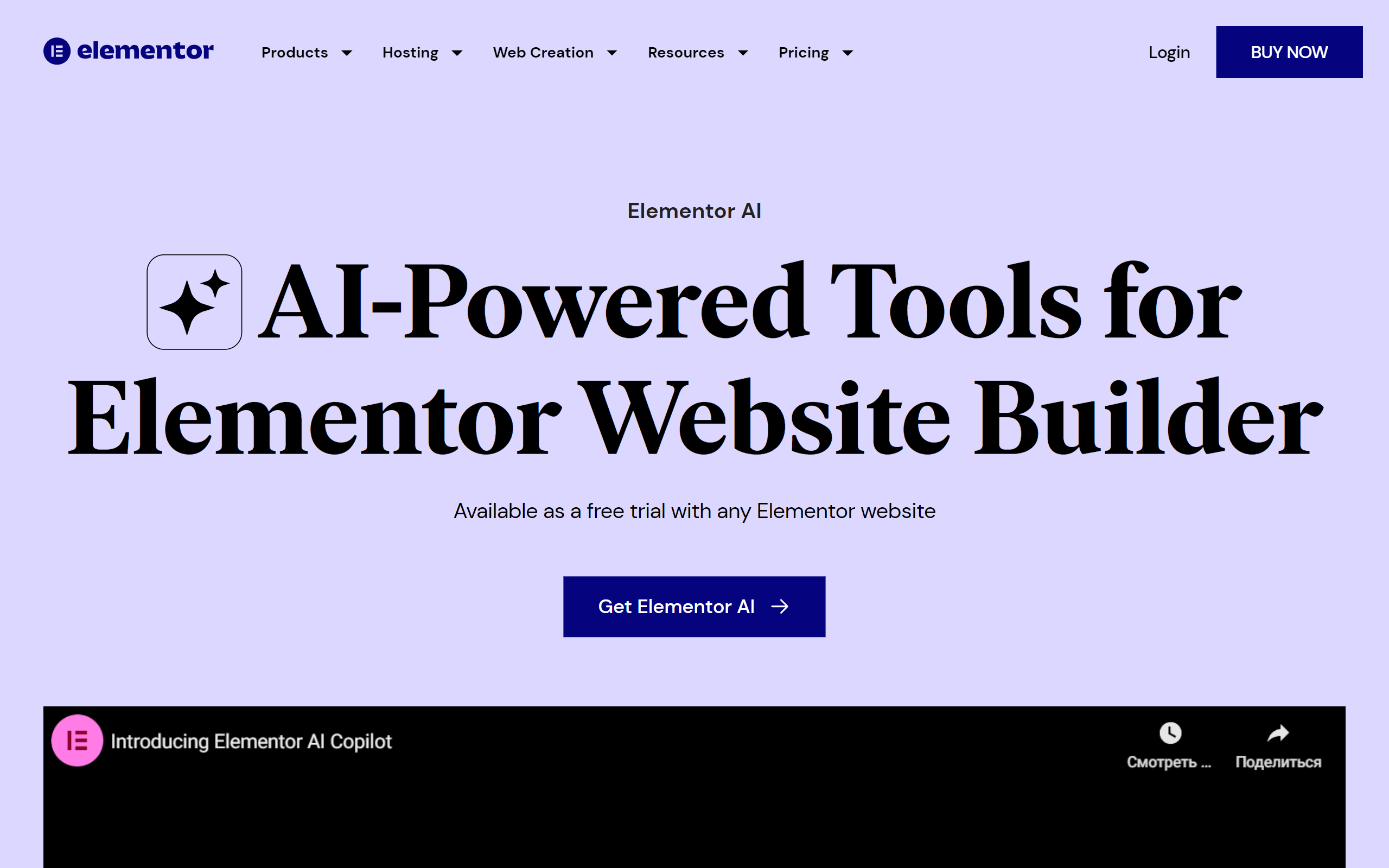
A powerful entity in the WordPress ecosystem, Elementor has merged AI directly into its favored graphical visual constructor. This facilitates designers to generate whole sections of a page, author or enhance wording, and even generate tailored markup and CSS, all from in the familiar Elementor dashboard. It’s the excellent AI-fueled solution for the legions of users who at this time build with Elementor and want to supercharge their ongoing workflow without forsaking their chosen environment.
Kleap
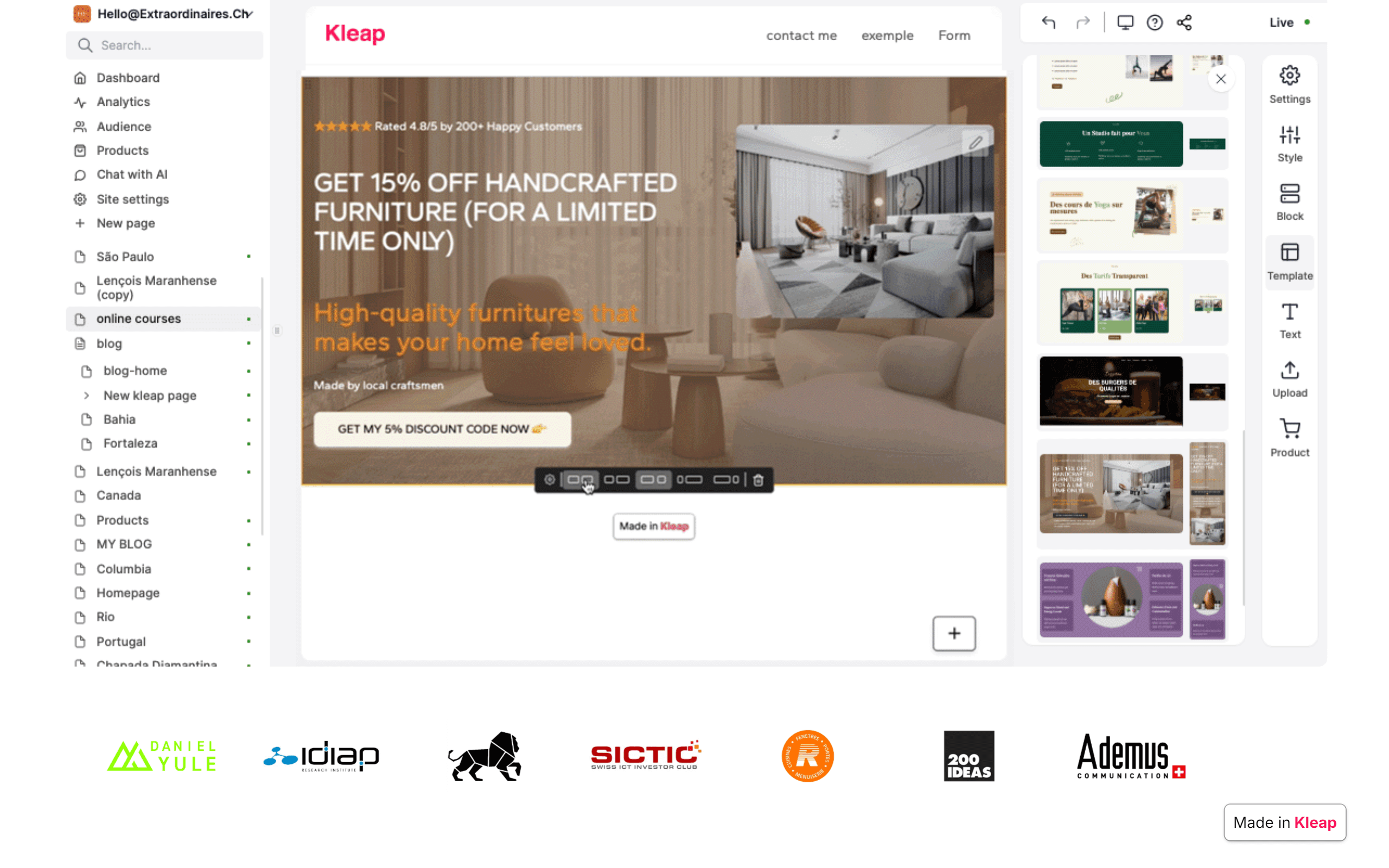
Kleap is an AI-driven webpage maker that is intended to be "mobile-first" in the purest regard. It encourages you to create and oversee your total virtual existence from your handset. Its AI assists you produce a platform tuned for on-the-go commerce, causing it remarkably simple to vend wares, arrange appointments, and engage with customers on the move. It’s an ideal tool for makers, influencers, and minor operators who run their businesses principally from their smartphones.
Vibe Coding: The Programmer's Prescient Partner
In the programming sphere, the cognitive overlay performs as a forecasting ally that understands situation and purpose. These applications do more than just autofill syntax; they assist organize projects, guarantee script integrity, and offer immediate gateway to the shared wisdom of the software realm, rendering every engineer more streamlined and impactful.
PatternedAI
Each wonderful web-property necessitates beautiful, seamless settings and textures. PatternedAI applies AI to generate an infinite variety of one-of-a-kind, royalty-free motifs from basic text instructions. Architects can outline a vogue, a concept, and a hue-selection (e.g., "minimalist geometric floral pattern in pastel blue"), and the AI will assemble a high-definition, interlocking picture impeccable for web backgrounds, division partitions, or promotional components.
Buildt
Buildt is an AI-driven retrieval system for your program library. It facilitates programmers to uncover code not by file title or keyphrase, but by what it does. You can ask in everyday language (e.g., "how do we handle user password resets?") and it will uncover the relevant routines and modules, even if you have no former knowledge of the program layout. It's an extremely powerful instrument for exploring and comprehending huge, difficult codebases.
Durable Functions (Microsoft Azure)
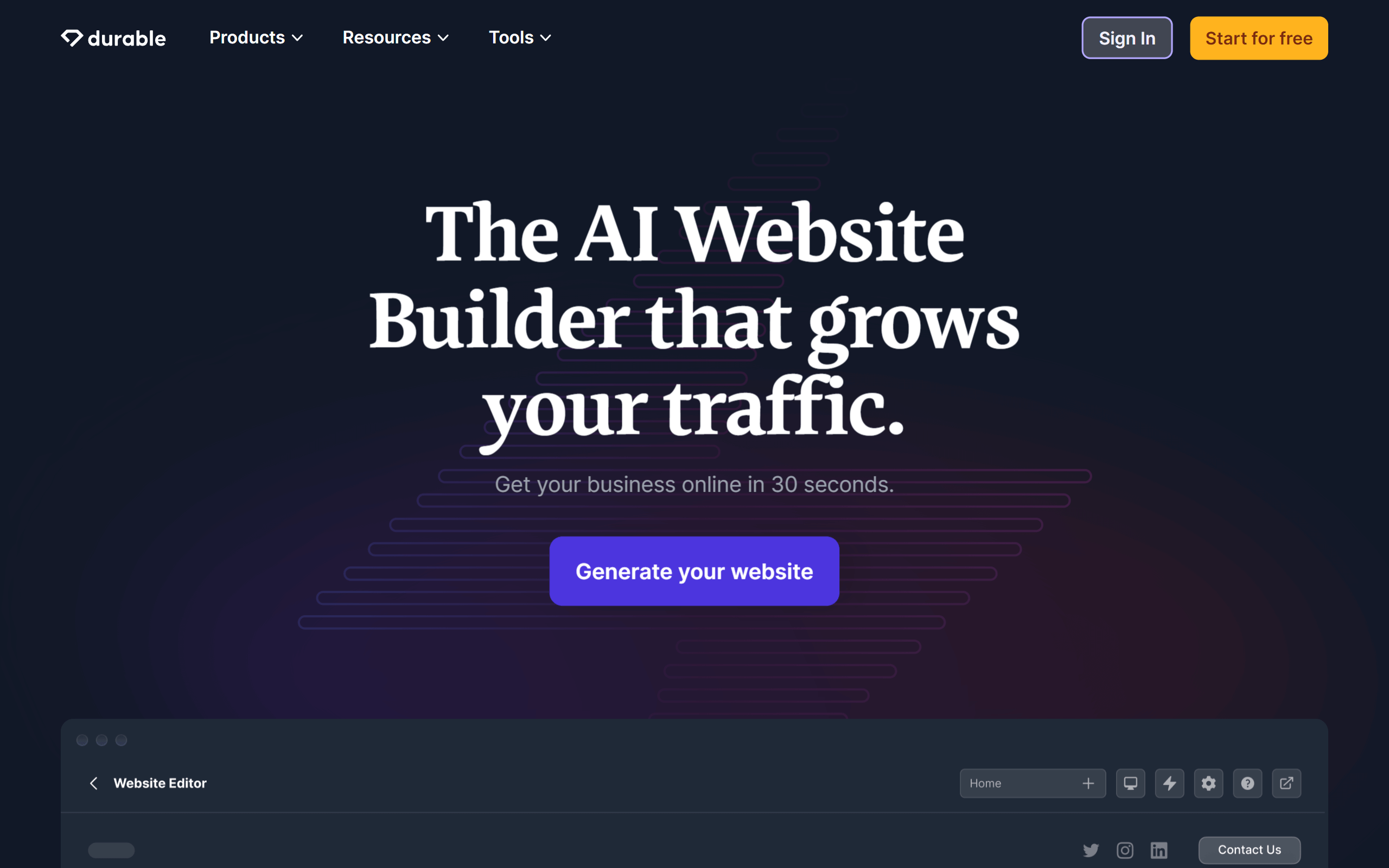
While more of a system than a standalone resource, the "durable" coding approach, particularly within function-as-a-service systems like Azure, represents the AI Vibe. It permits developers to create intricate, stateful processes (like an e-commerce checkout process) in a plain, straightforward way. The fundamental environment takes care of all the sophistication of status tracking, fault tolerance, and load handling, facilitating engineers to concentrate purely on the operational rules.
AI Web Design: The Formative Visual Integrator
For stylists, the analytical layer serves as a powerful generator, equipped of making fresh pictorial inspirations and creations from simple briefs. These systems can make the whole range from basic branding elements to intricate UIs, supplying a abundant palette of AI-created media that can be selected and enhanced by a person artistic head.
Autodraw
A simple but magical resource from Google, Autodraw is ideal for the initial stages of layout planning and idea generation. You initiate by scribbling a approximate outline, and its AI instantly attempts to surmise what you're illustrating, offering you a selection of crisp, skillfully illustrated symbols and illustrations to take the place of your drawing. It's a wonderful manner to speedily build sharp, visually consistent rudimentary mockups and graphs.
Uizard
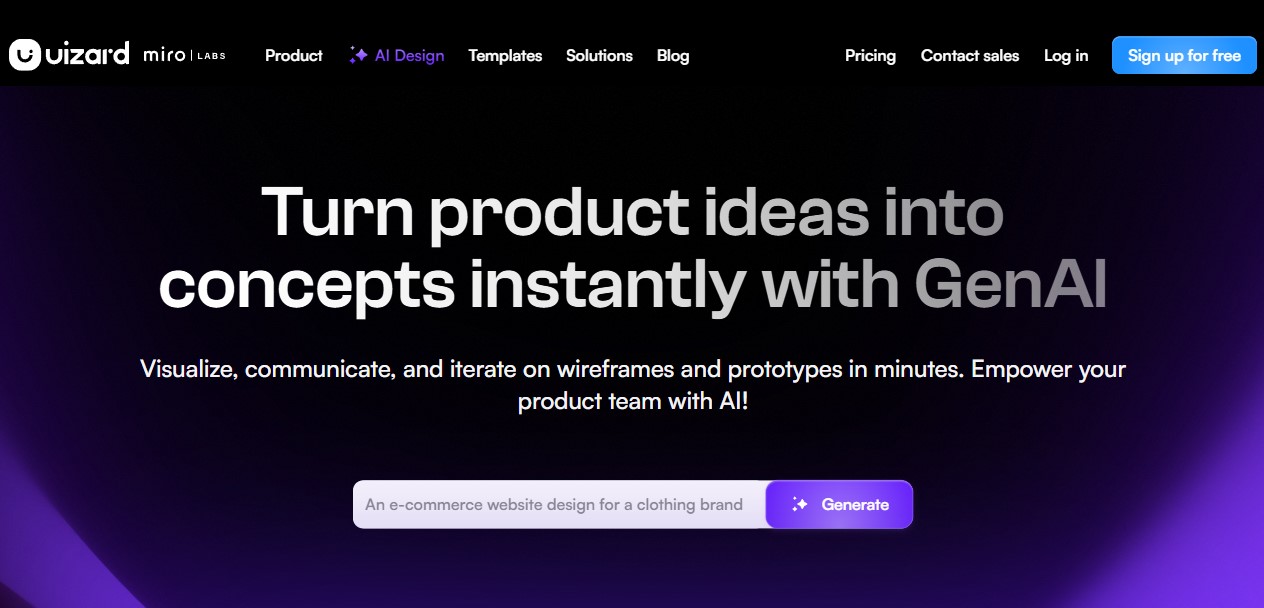
Uizard is a strong AI-driven design tool that can transform hand-drawn drafts on notebook into detailed electronic drafts. You can plainly get a snapshot of a wireframe in your logbook, and Uizard's AI will convert it into an adjustable design with common user interface parts. It also has a potent "Autodesigner" capability that can build multiple-page prototypes from verbal cues, causing it a flexible resource for speedy drafting.
Khroma
Khroma is a bespoke AI pigment application for creators. You originate by picking fifty of your most-liked shades, and Khroma applies a machine learning engine to ascertain your likings. It then makes an unlimited number of exclusive, quinary palettes that are customized to your precise sensibility. It's a fantastic approach to discover new and unforeseen hue mixes that you are statistically likely to adore, emancipating you out of your usual creative tendencies.
